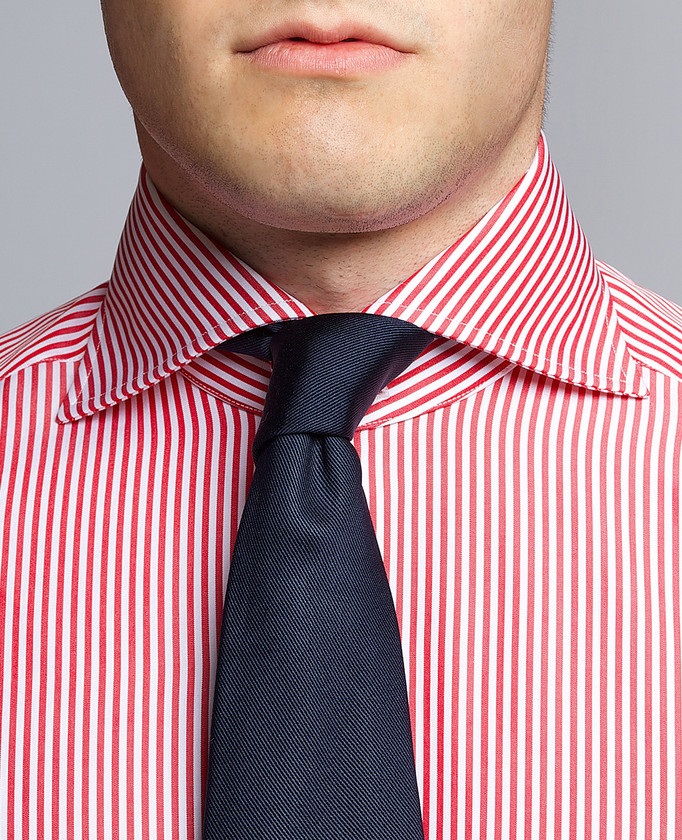 It should come as no surprise that not everyone wears a suit and tie to work every day. While the trend toward tailored and more dressy menswear continues, actual formality in dress has begun to give way to less constricting styles. For some, even the odd jacket, with all it’s wonderful college professor inducing implications, is too much for some guys.
It should come as no surprise that not everyone wears a suit and tie to work every day. While the trend toward tailored and more dressy menswear continues, actual formality in dress has begun to give way to less constricting styles. For some, even the odd jacket, with all it’s wonderful college professor inducing implications, is too much for some guys.
As we have noted many times, how you wear your clothes matters just as much – if not more so – as the clothes you happen to be wearing. So, as always, the real goal should be to look your best whatever you have on. And trend forecasting tells us that men still want to be more pulled together, but in a more relaxed and comfortable way. Think luxury leather sneakers.
While we now have more options than ever when it comes to dressing for work, social, and casual events, it still pays to consider how you want others to see you. Entering the public space obligates one to consider how they wish to be perceived and how they want to impact, in both style and substance, the space and people around them.
A key wardrobe element that men don’t always fully appreciate when considering these types of issues is the humble shirt.
In many ways, shirts are the visual anchor to your wardrobe; a canvas upon which details are layered and arranged. A shirt can set the tone for your entire outfit and often dictates the surrounding real estate. Other wardrobe components play off the shirt: pants, jacket, vest, belt, and tie. Change the shirt and you can completely alter the tone and balance of every other element of your outfit. Even small details like a pocket square, cuff links, tie bar, or boutonniere are immediately effected.
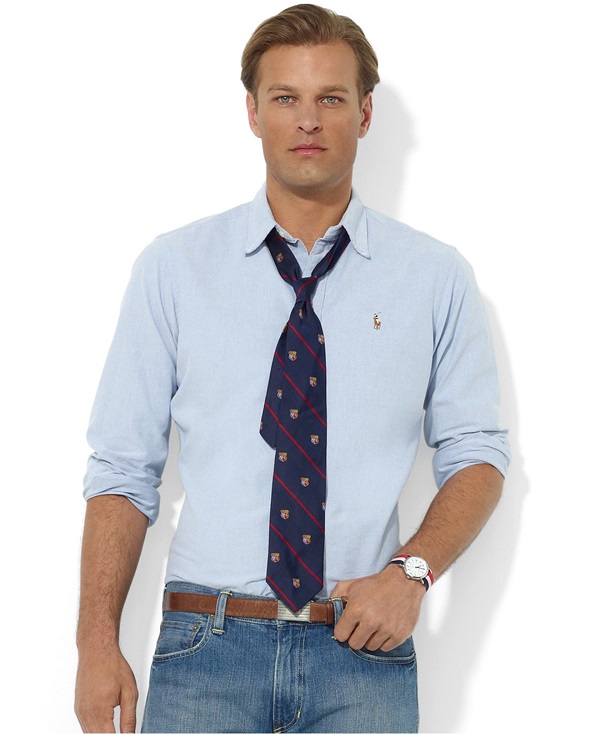 Give yourself an all-American Ivy League look with an oxford cloth button down with barrel cuffs. Classic solids are of course most versatile, but pink is about as Preppy Handbook as you can get. Pair this shirt with a repp tie to complete the look or try something different. A bottle green tie embroidered with, say, dogs, martini glasses, or sailboats, will have you looking dressed up but not too serious. Of course, these shirts look equally at home paired with worn-out khakis and old boat shoes or a nicely tailored two-button Fitzgerald fit suit from Brooks Brothers.
Give yourself an all-American Ivy League look with an oxford cloth button down with barrel cuffs. Classic solids are of course most versatile, but pink is about as Preppy Handbook as you can get. Pair this shirt with a repp tie to complete the look or try something different. A bottle green tie embroidered with, say, dogs, martini glasses, or sailboats, will have you looking dressed up but not too serious. Of course, these shirts look equally at home paired with worn-out khakis and old boat shoes or a nicely tailored two-button Fitzgerald fit suit from Brooks Brothers.
Rendered in pinpoint cotton, the button down achieves a more dressy and finished look. Still, as a general rule the button down is considered a casual cousin to the dress shirt with its forward point or spread collar. That said, it’s a pretty malleable style rule and many perfectly sharp fellows wear button down shirts with a suit, tie or not. For some, it’s a sort of academic sartorial signature. However, go with pinpoint if you plant to take the suit route. Oxford cloth’s rough hand just looks out of place under a formal suit jacket. Blue blazer or odd jacket? have at it.
Take it down another notch to dressy casual with a vintage style dress shirt; J. Crew has perfected this hybrid quite well. These are essentially formally styled dress shirts washed and “aged” so that they have the worn-in appearance of a lifelong favorite now retired to the role of distressed alternative for those times when a polo shirt is still a bit too casual. While the cut and styling of these types of shirts often imply the option of a tie, they are look best without one.
Next come polo shirts. When worn on its own, dressy or casual, the iconic polo shirt, regardless of maker, is a timeless and well-accepted option for dressed down appropriateness. As with any other piece of clothing in which you invest, go for style, quality and fit. No two are alike and its best to find a brand and model that looks good on you. Unless you are triathlete, stick with something lightly fitted; not too loose and billowy and not body hugging.
These are actually quite versatile shirts and tailored versions can comfortably carry you from casual to smart. For an afternoon cocktail or mildly dressy event, take an informal poplin or lightly constructed suit and add a pima cotton polo shirt. Such a tightly woven “dress” polo looks more finished than the rougher hand of a pique shirt and they are typically less bulky, therefore sit better under a jacket.
Apart from a trim cut polo collared cashmere or merino sweater, most polo style shirts don’t pair well with a regular business suit. The polo shirt’s inherent informality is at stylistic odds with the nature of a business suit and few guys can really make it work well; actor George Clooney being one. And there is only one George Clooney. To make it work for you, opt for a lightly constructed single breasted two-button suit with natural shoulders. Medium or light grey suits often look nice with this look.
As a general rule, golf shirts should stay on the course. By design, they often have a blousy cut and questionable color combinations. That said, when paired with some nice khakis and a blue blazer they some golf shirts are acceptable for business conference receptions and dinners where golf is often the focus anyway.
When all is said an done, guides such as this rest on a simple truth. You do not need one of everything in your closet. What every man should have, regardless of budget, profession, or station in life, is a good understanding of what types of shirts look good on him, how something should fit, and which colors best compliment his complexion. Try things on and do not focus on brand names. do focus on materials, quality of fabrics, and quality of construction. Start with basics and go from there.
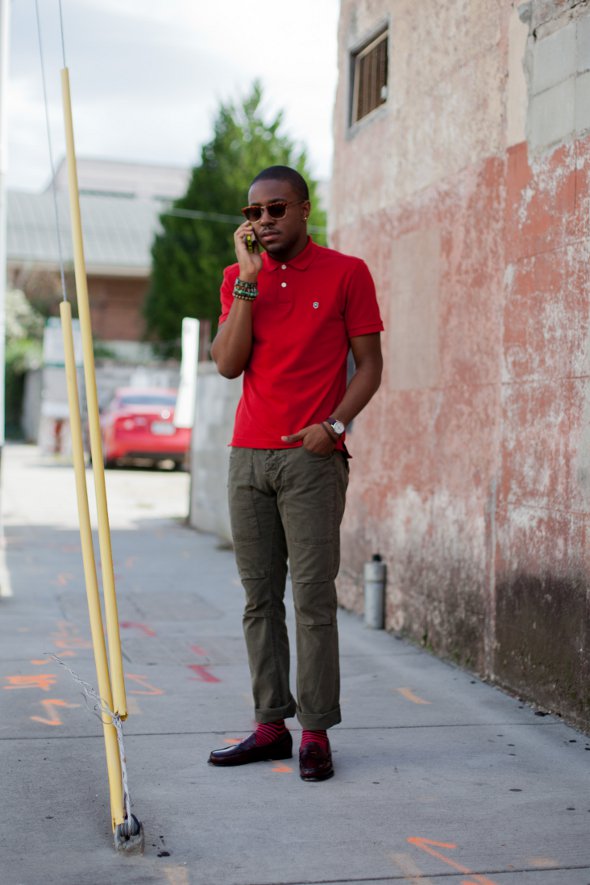
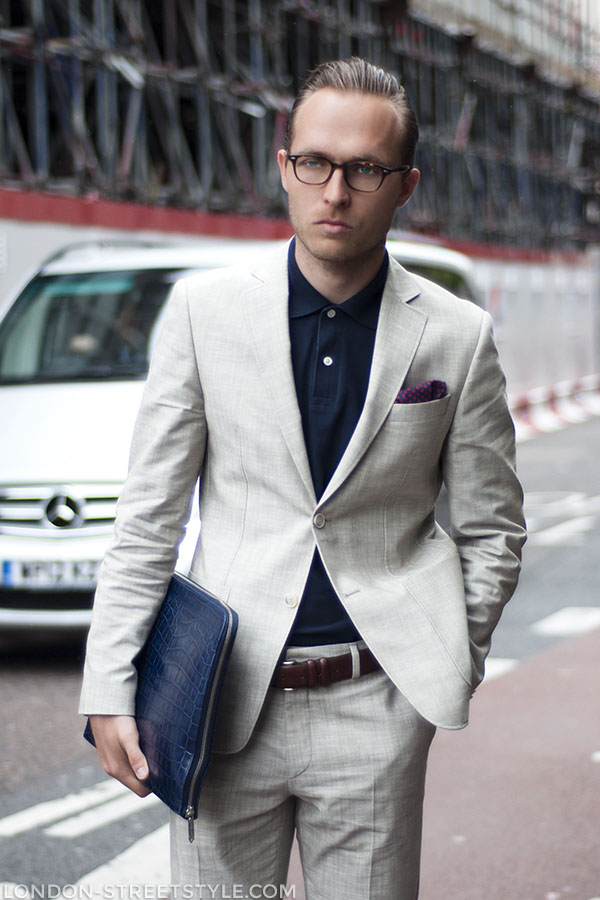
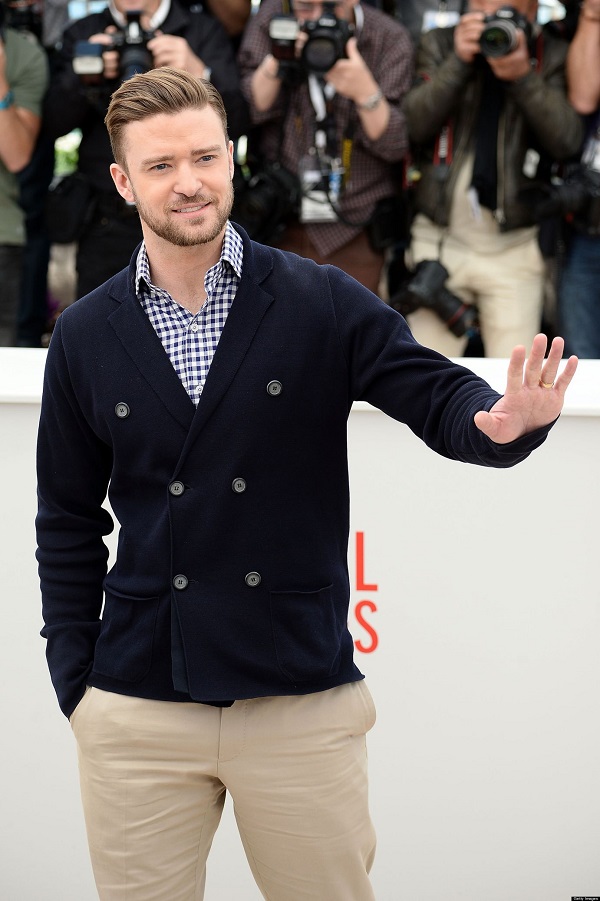

1 thought on “A Short Guide to Shirts”
Comments are closed.